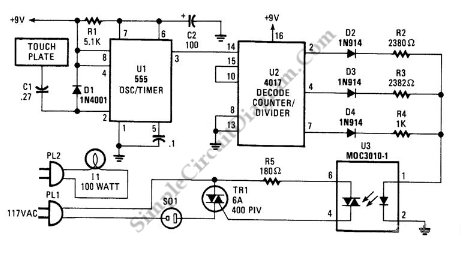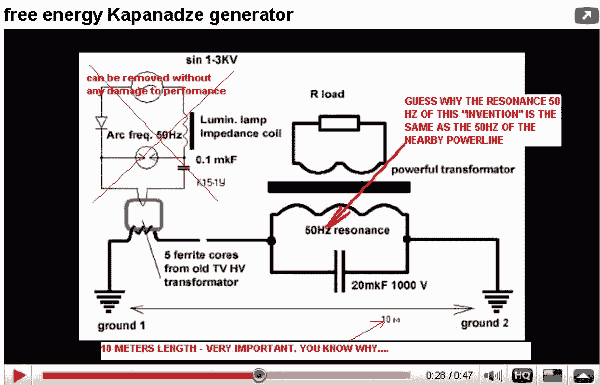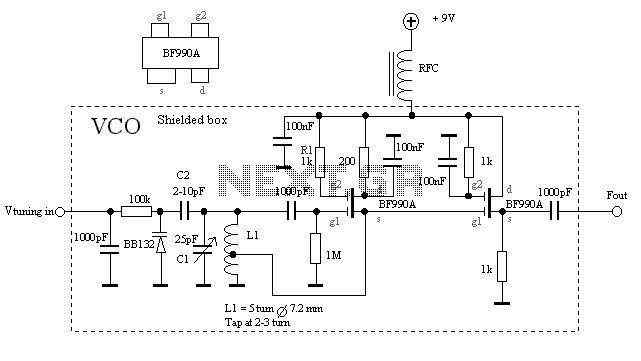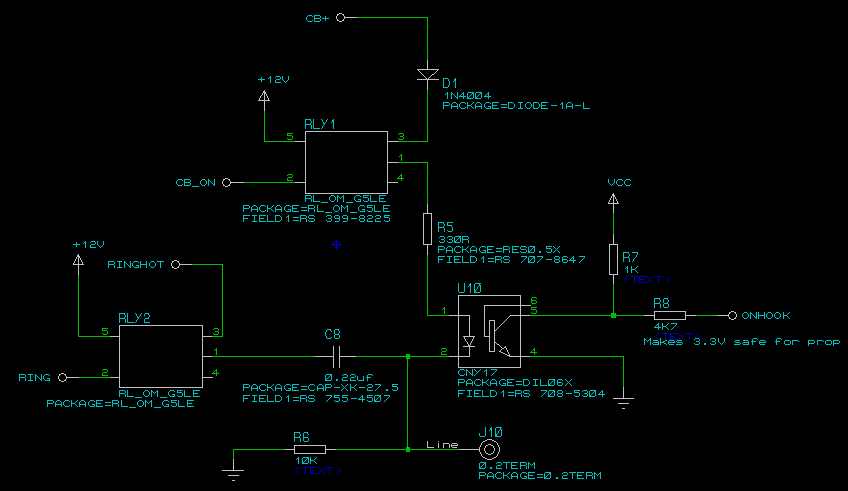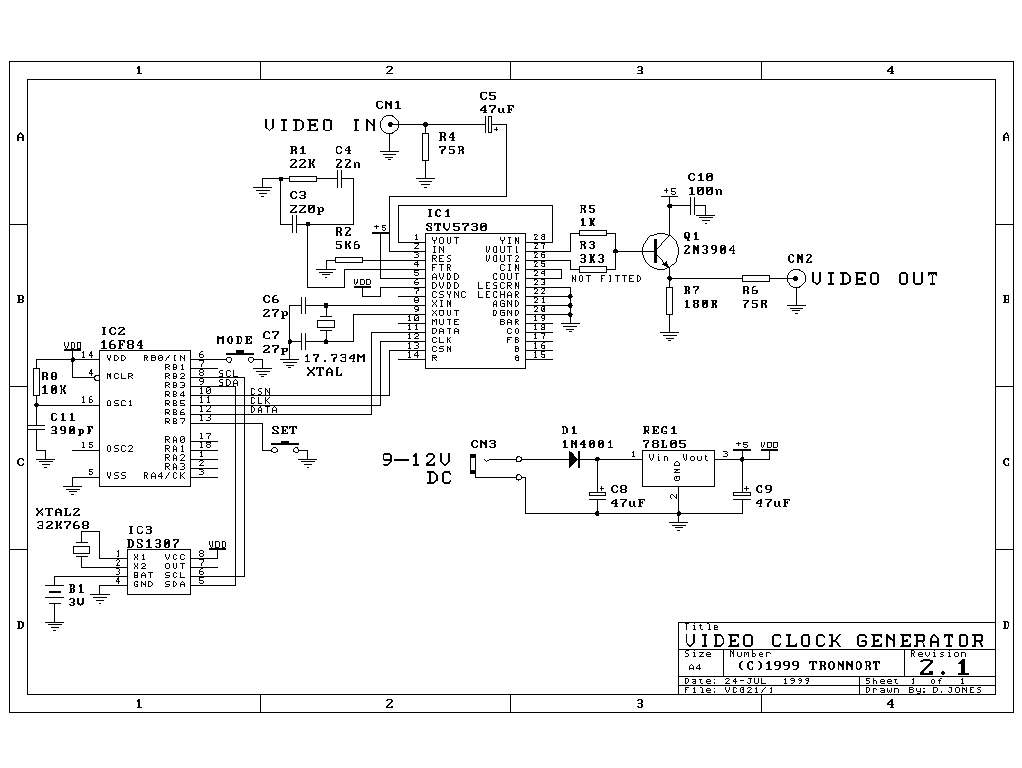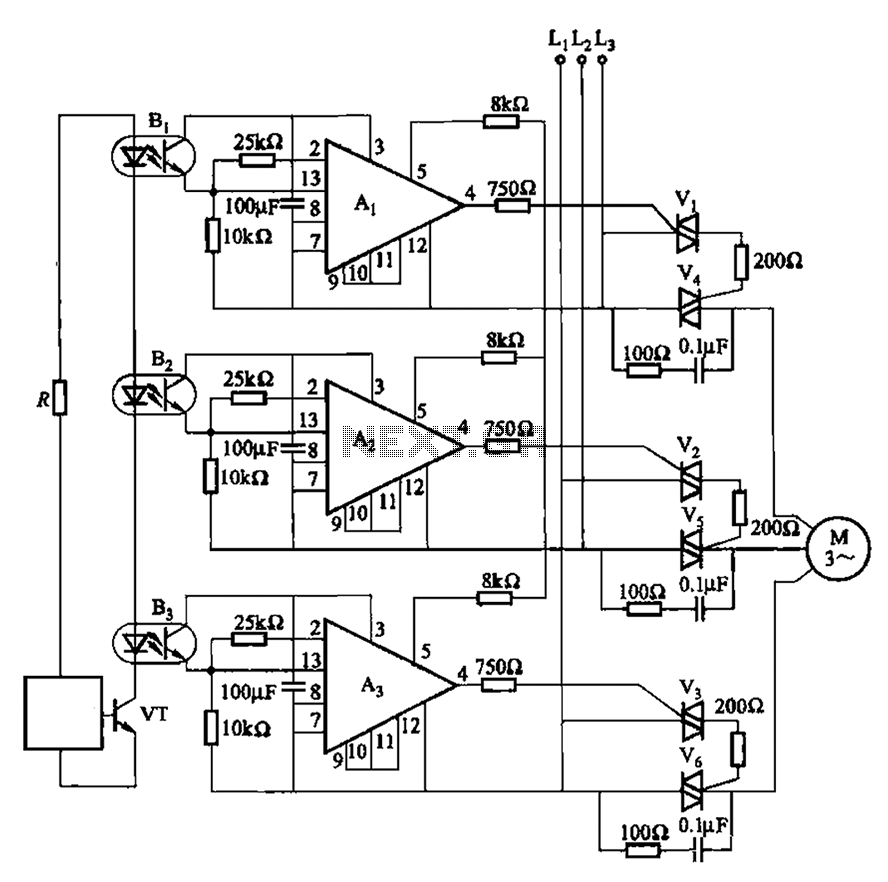
Digitally Controlled Sine-Wave Generator
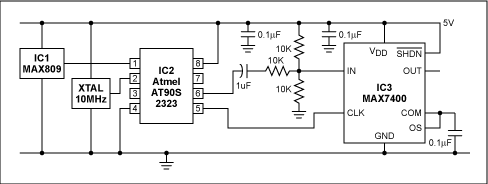
This circuit generates an accurate and adjustable sine-wave output by removing harmonics from a square wave.
This circuit utilizes a harmonic filter to transform a square wave input into a sine wave output. The primary function of this circuit is to eliminate unwanted harmonics present in the square wave signal, which can distort the desired sine wave form.
The circuit typically consists of a low-pass filter that allows only the fundamental frequency of the square wave to pass while attenuating higher frequency harmonics. This can be achieved using passive components such as resistors, capacitors, and inductors, or through active components like operational amplifiers configured in a filter topology.
To ensure the output sine wave is adjustable, the circuit may incorporate variable components, such as potentiometers or variable capacitors, which allow for tuning of the filter characteristics. This adjustability can help in achieving the desired amplitude and frequency of the sine wave output.
In practical applications, the circuit may also include a feedback mechanism to monitor the output waveform, ensuring that it closely resembles a true sine wave. This can be implemented using additional operational amplifiers and comparators to refine the output further.
Overall, the design must consider factors such as component tolerances, frequency response, and load conditions to ensure the generated sine wave is of high fidelity and suitable for its intended application.By removing harmonics from a square wave, this circuit generates an accurate and adjustable sine-wave output.. 🔗 External reference
This circuit utilizes a harmonic filter to transform a square wave input into a sine wave output. The primary function of this circuit is to eliminate unwanted harmonics present in the square wave signal, which can distort the desired sine wave form.
The circuit typically consists of a low-pass filter that allows only the fundamental frequency of the square wave to pass while attenuating higher frequency harmonics. This can be achieved using passive components such as resistors, capacitors, and inductors, or through active components like operational amplifiers configured in a filter topology.
To ensure the output sine wave is adjustable, the circuit may incorporate variable components, such as potentiometers or variable capacitors, which allow for tuning of the filter characteristics. This adjustability can help in achieving the desired amplitude and frequency of the sine wave output.
In practical applications, the circuit may also include a feedback mechanism to monitor the output waveform, ensuring that it closely resembles a true sine wave. This can be implemented using additional operational amplifiers and comparators to refine the output further.
Overall, the design must consider factors such as component tolerances, frequency response, and load conditions to ensure the generated sine wave is of high fidelity and suitable for its intended application.By removing harmonics from a square wave, this circuit generates an accurate and adjustable sine-wave output.. 🔗 External reference
